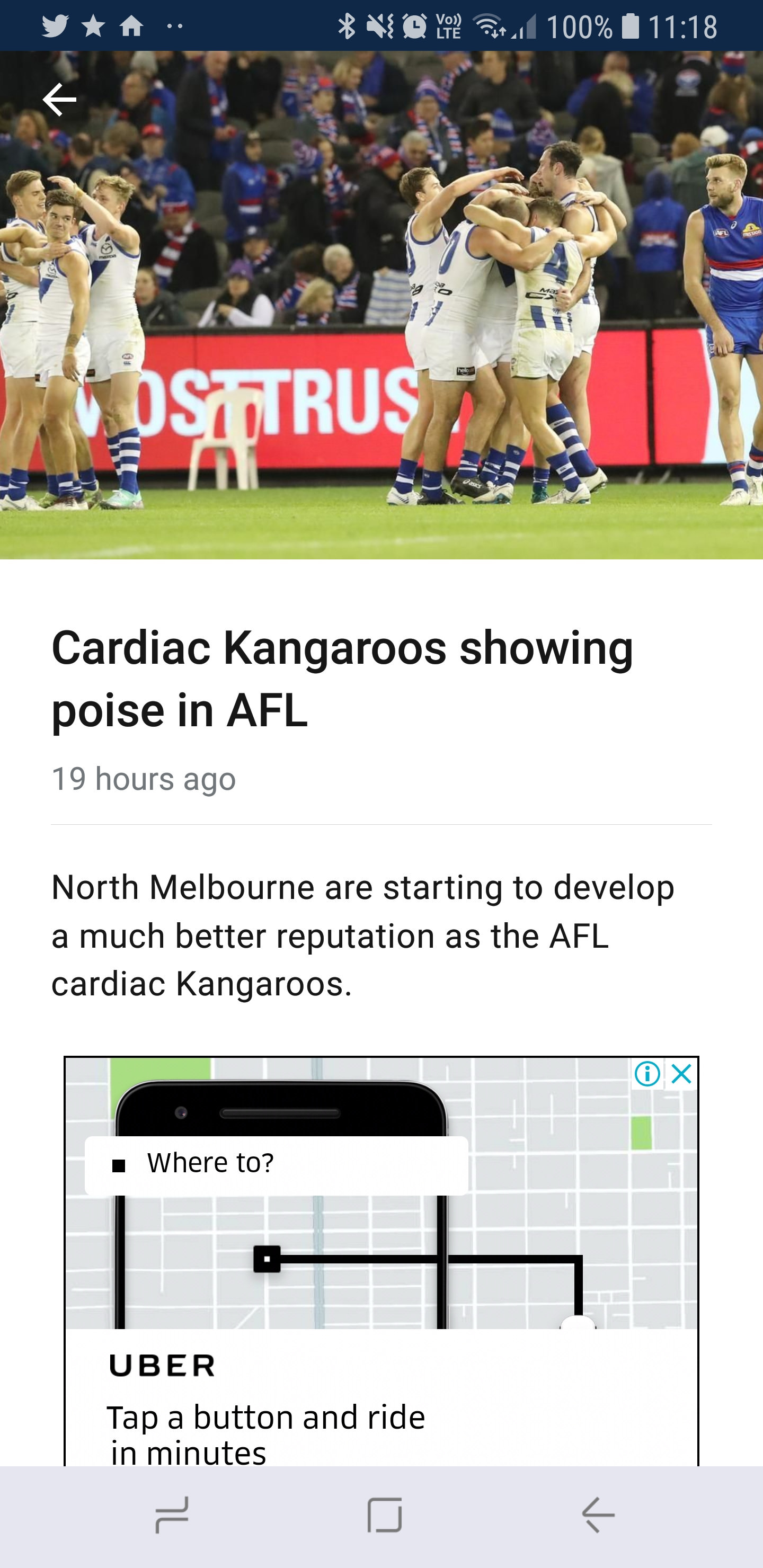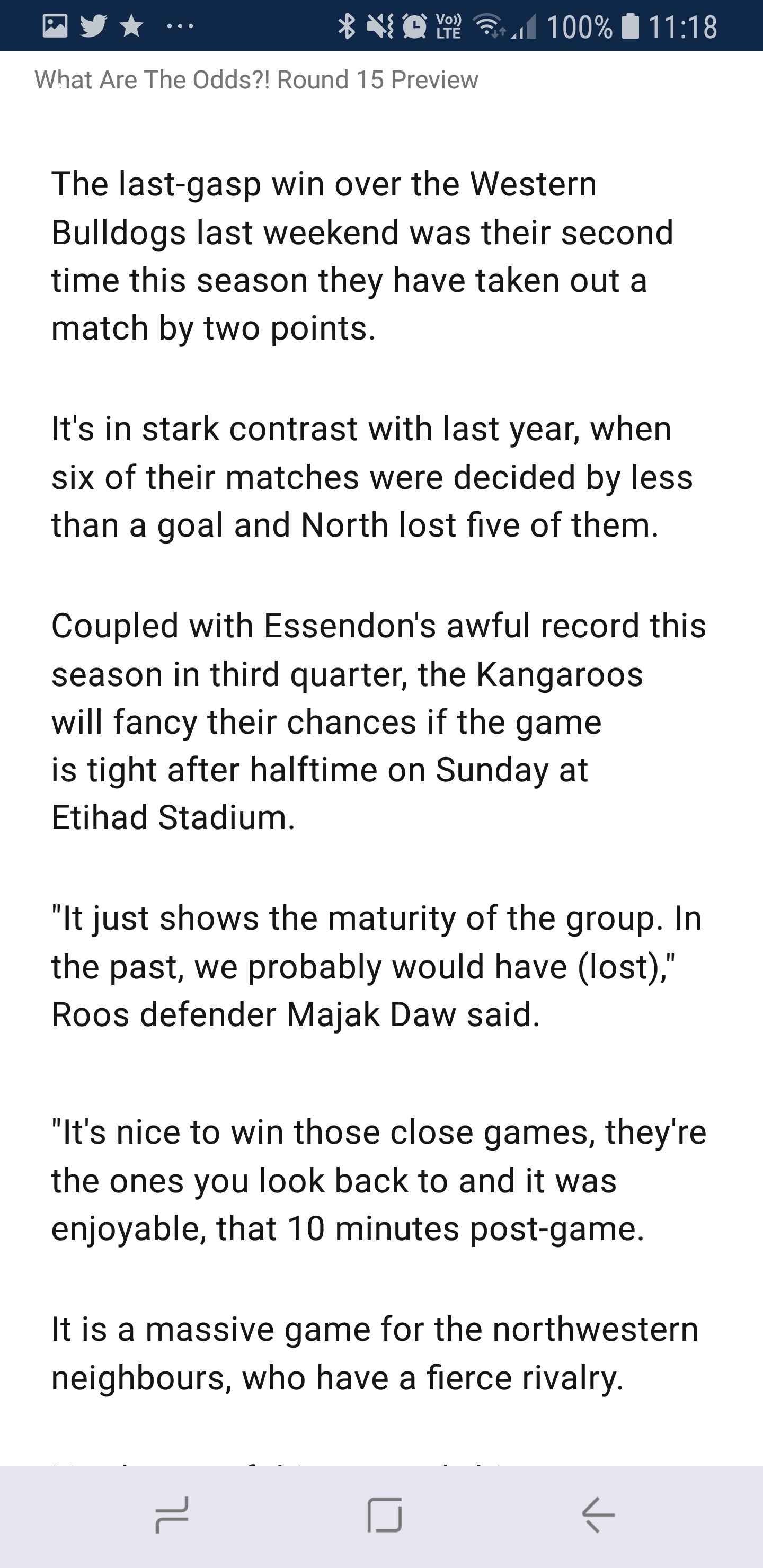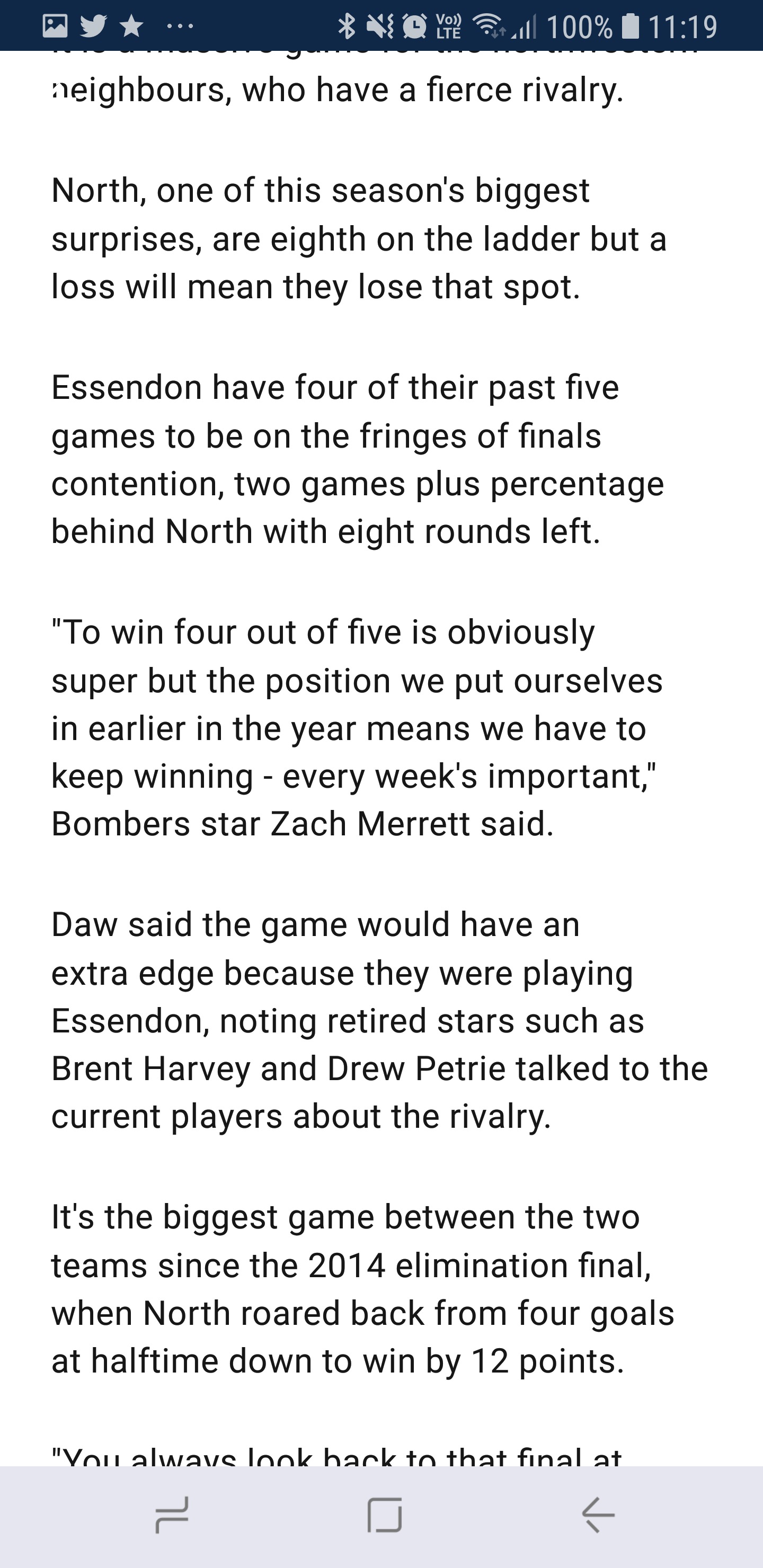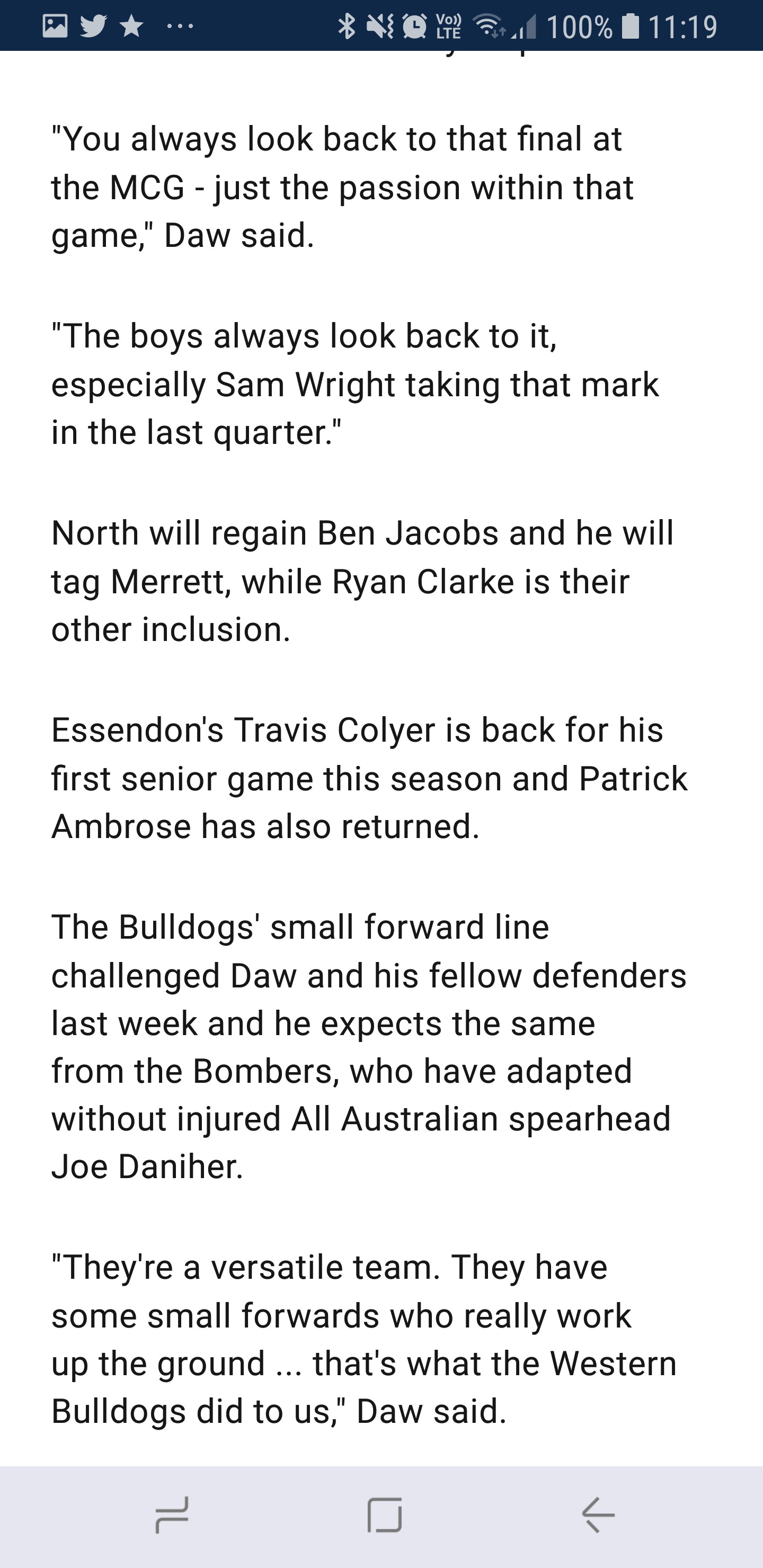Kangaroos4eva
TheBrownDog
Mod edit: new thread as per BF Rules
Old one reached 10k
Available here
https://www.bigfooty.com/forum/threads/commentary-media-ii.1168305/
Old one reached 10k
Available here
https://www.bigfooty.com/forum/threads/commentary-media-ii.1168305/
Well I spend most Saturday nights drinking and talking politics and the world, so not too different for me.Gee, Saturday night is party night on the North board!
Last edited by a moderator:










